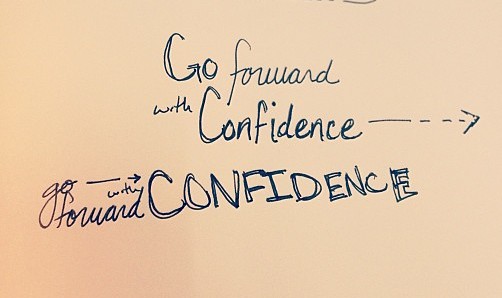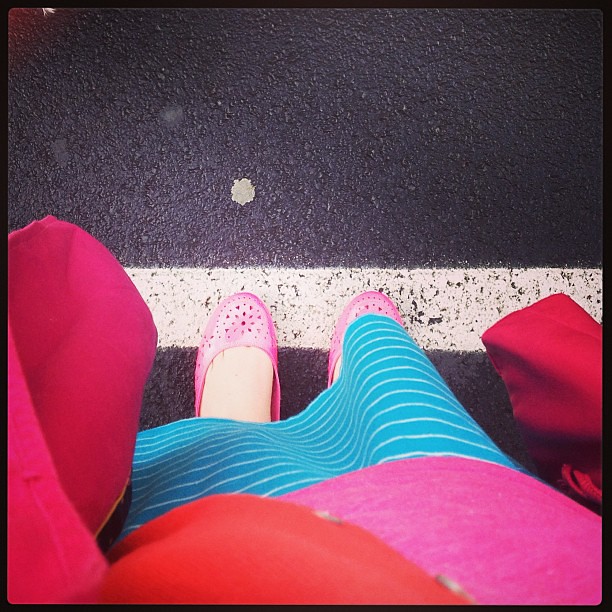Oh dear, have you noticed that it's the end of June?
And with the end of June, comes the end of the second quarter, and the end of the first half of 2013.
I like to take this opportunity (really the whole month, starting with my birthday) to look at the year so far and figure out what's going well, and what I want to bring into my life in the rest of the year.
I find this regular reviewing deeply satisfying. Not only does it give me a moment to stop and celebrate (always a good thing!), it helps me spot the connections between what felt like a seemingly random collection of events. Perhaps the conversation I had with one client sparked a class, and now the students in that class are needing something else. Or perhaps the sudden spike in signed book orders points me towards my next project (hint: it does!).
At the beginning of the year I wrote (to email subscribers):
“One thing I know for sure is that you have to make it easy to succeed. Easy to remember the lessons you've learned, easy to do your to-do list. You have to set up your days (and weeks and months and year) so that you just naturally do what you have to do. And that's what I'm adding into the Starship – a flexible frame that puts success in your way, so you can't miss it.”
In the next few months I brought more regular review of our intentions to the Starship and I was pretty delighted when the members loved it. Just last week in the chat, Beverly said, “One of the aspects I love best about the Starship is the predictability of the weekly check-in questions, of the quarterly reflection prompts, of the map-making process. The rhythm of it all grounds me.”
In the always-changing, sometimes-bewildering world of your own business it's easy to just keep moving and miss what your people and your business is telling you. So how about taking a moment and reflecting and grounding yourself in where you are right now, with the lessons you've learned and the things you've accomplished?
You can start by writing a big list of what you've done, what you wanted to do, and what you were inspired by.
Or, you can answer some specific questions:
What have you learned in 2013?
What would you like to celebrate?
What has truly helped your business grow? And what got in the way?
These lessons are the seeds of your next crop of decisions, your next harvest of business growth.
Are you making it easy to succeed by building in rituals and review?
If you need some help and would like the gentle structure of regular accountability, the Starship is now boarding new cadets. Come aboard here.










